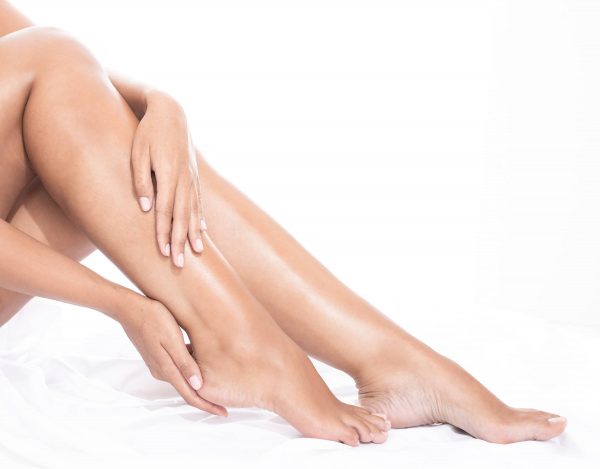

Dry skin on the heels can have many causes. The most common cause is genetic predisposition to dry skin (atopic diseases, e.g. atopic dermatitis, hay fever, asthma, allergies). Further causes are the aging process of the skin and climatic conditions such as dry air in winter. Other reasons can be pressure-related deficiency due to incorrect footwear, standing for long periods of time or wearing of compression stockings. Sometimes diseases such as diabetes or medications (for example, some cancer therapies) are also responsible. If the dryness on the feet intensifies, this can lead, for example, to small cracks on the heels and finally to fissures (so-called rhagades). These can be recognized by deep furrows in the skin where the tissue breaks open. To prevent the cracks on the heels from getting deeper and eventually becoming inflamed, it is important to treat rhagades properly or, even better, to prevent rhagades from forming in good time.
To avoid dry heels in general, precaution can do a lot. To prevent brittle and dry patches from forming in the first place, you should regularly take a foot bath for about 10 to 20 minutes. This softens the skin and you can carefully remove the callus, i.e. the excess, dead skin cells mechanically with a pumice stone.
You should also give your feet sufficient moisture. Dry your feet carefully after a foot bath or an extensive shower. Afterwards, apply a foot cream that has been specially developed for the care of extremely dry and rough feet.
Also make sure that your shoes fit properly. This will help you avoid pressure points and prevent cornification on the heels. For diabetics in particular, but also for those with excessive callus formation, regular foot care treatment by a podiatrist is also recommended.
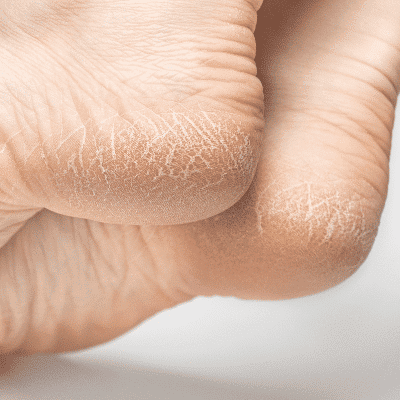
If, despite good care, you develop cracks or chapped heels, it is advisable to treat them specifically. Cracks on the heels are not only unsightly, but can also cause severe pain and in the worst case lead to inflammation. Cracks cause the natural protective cover of the body to be attacked and pathogens such as bacteria or fungal spores can penetrate. If the dry and cracked heels show signs of inflammation, then we recommend that you see a doctor and thus get specialized treatment for the infection.
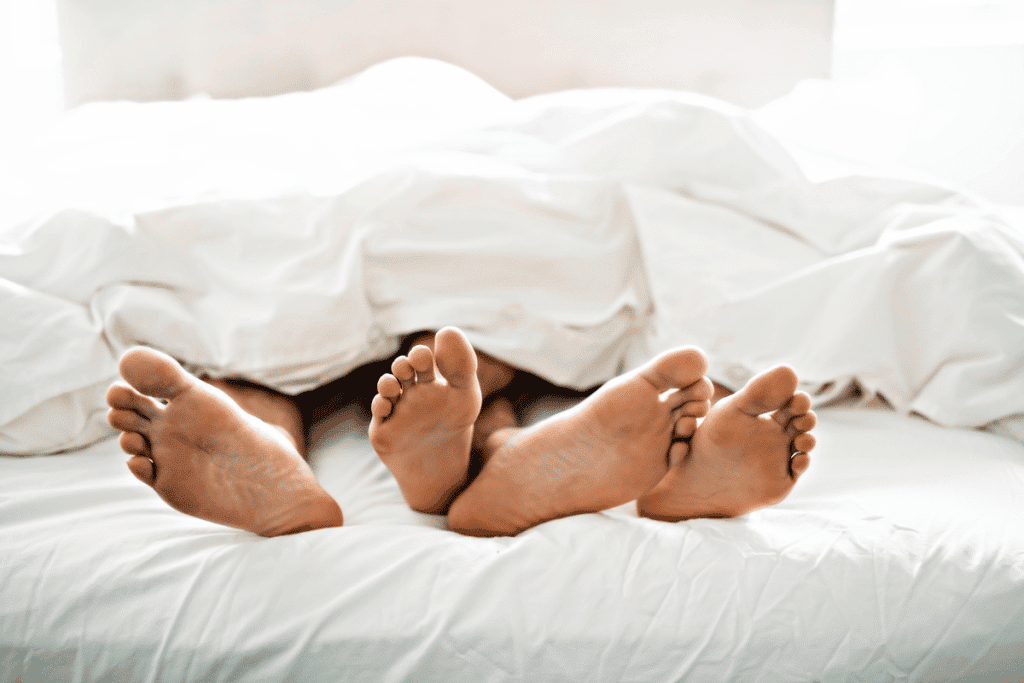
If there is no inflammation, you can treat the affected area yourself. Since the cornified skin needs a lot of moisture and lipids, we recommend a rich ointment for chapped feet. The optimal time to let this act is during sleep, as our feet are not stressed during the night. Apply a generous amount of cream to the affected areas on your feet before going to bed, then put on a pair of cotton socks if necessary and wear them all night. This will allow the ointment to take full effect. The treatment of chapped feet requires time and patience, often the first successes are visible after 1 to 2 weeks. After the successful treatment of chapped feet, you should continue to use a special chapping ointment or foot creams containing urea to prevent the formation of new cracks on the heels.

Learn how your skin changes from 30 and how you can delay the natural aging process by means of optimal facial care.
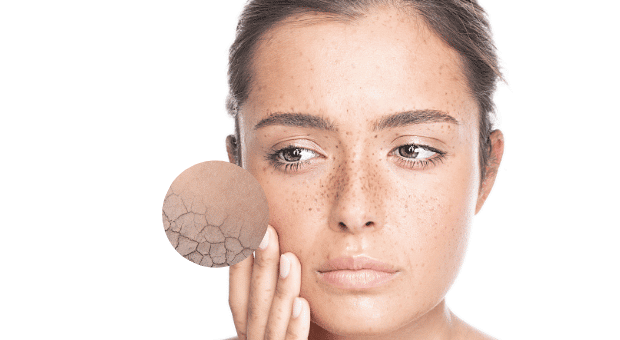
Feeling good in our own skin - that's what we all want. However, when the skin on your face is taut and itchy, it's not that easy. To change this, we reveal the causes of dryness on the face and simple care tips with which you can rebuild the skin's protective barrier.
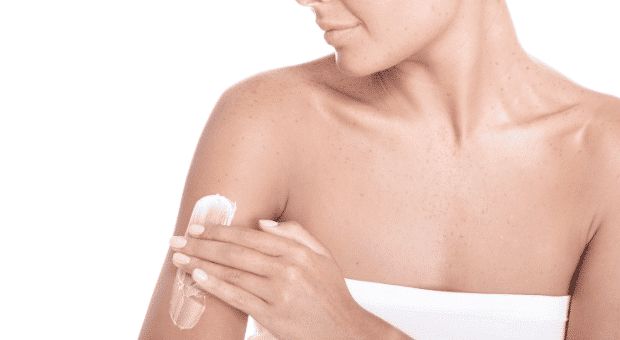
The skin protects the body from external influences. But the skin itself also needs protection: the skin's microbiome is responsible for this.
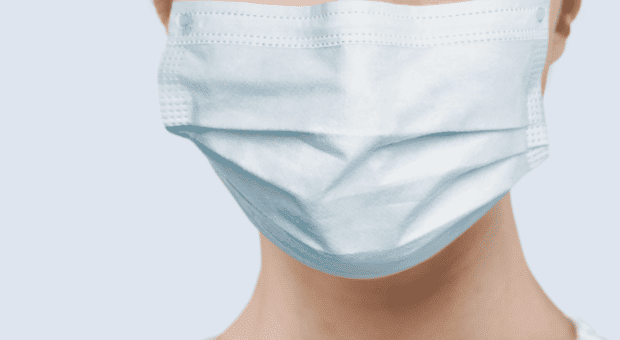
Due to the everyday wearing of a protective mask, our facial skin faces great challenges. As a result, irritation, impurities and dry patches can occur on the face, especially in sensitive skin. But even normal skin often shows irritations and skin irritations due to the increased use of a mouthguard, which can eventually lead to dry skin under the mask.
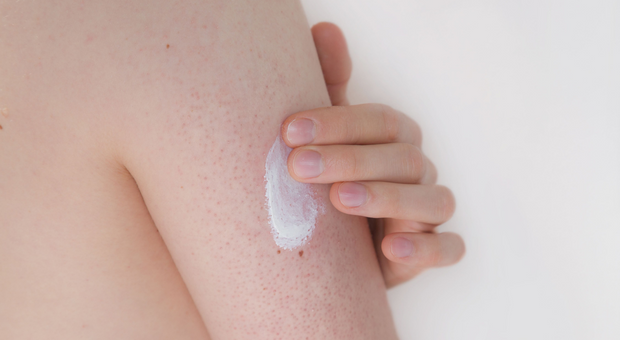
Keratosis Pilaris, Lichen Pilaris or Follicular Keratosis, colloquially known as chicken skin, has many names. But what exactly is the cause of this skin condition and We reveal what symptoms are and how to care for and treat rubbing iron skin.
Limy water can lead to dry skin and skin diseases. Learn more about the influence of water hardness on our skin here.